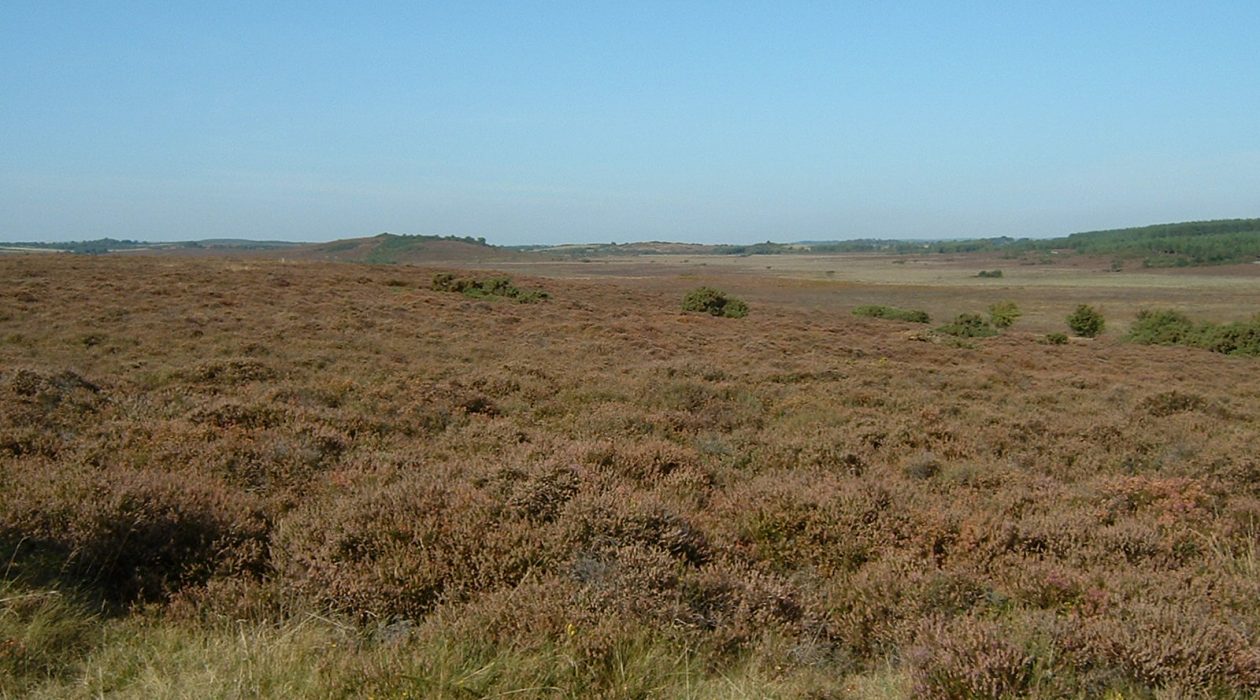Lowland Heath
The internationally important lowland heathland landscape of the South Purbeck Heaths, similar to many other heathland landscapes around the Poole Basin, is a complex and diverse mosaic of open dry and wet heath and wooded scrubby heath.
